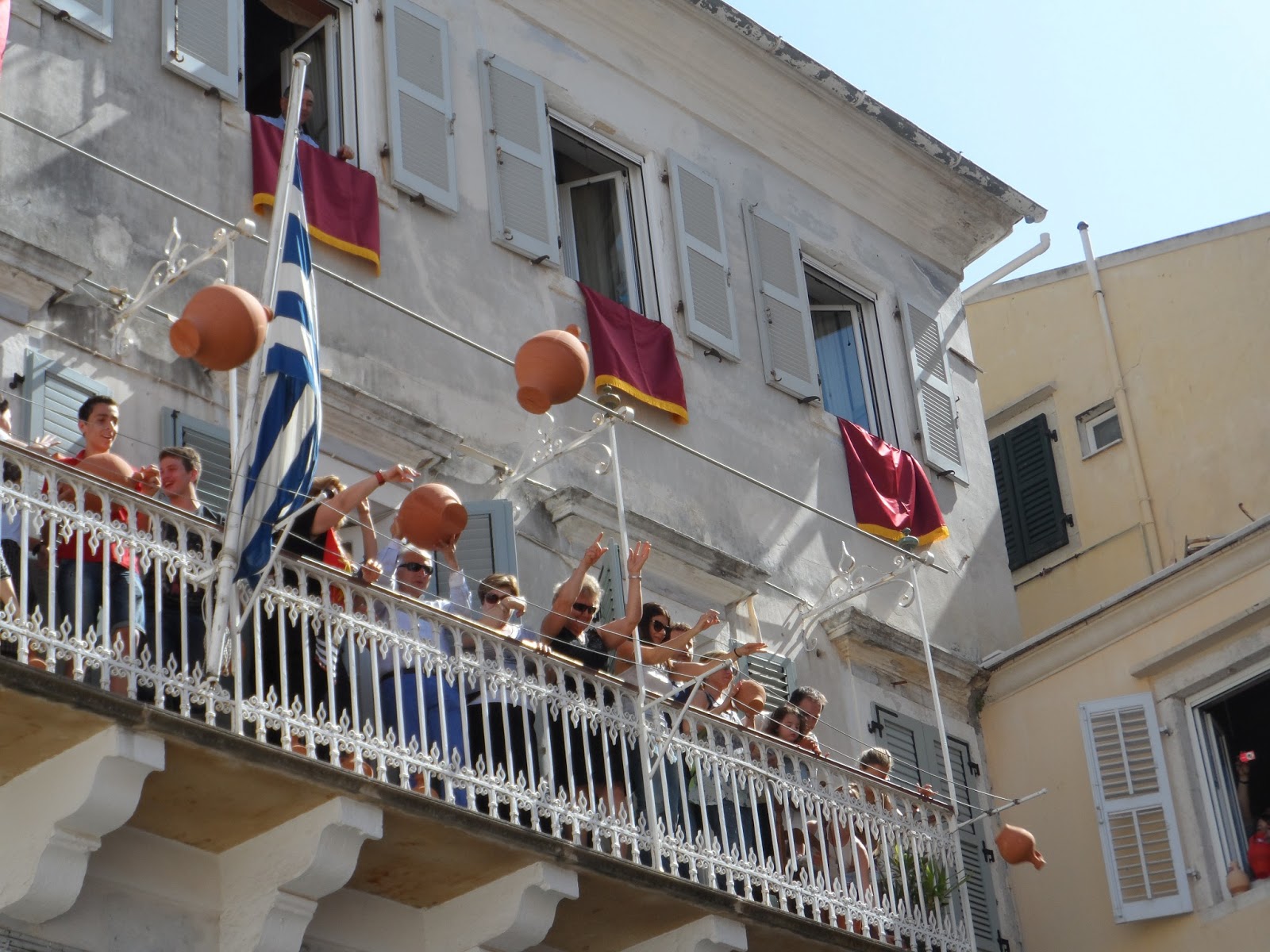7 Ridiculous Easter Traditions You Wouldn’t Believe Exist
Some even involve — erm, whipping and hurling.
by Andy Flores | April 14, 2017
[row] [whole buffer=”0″]
Easter celebrations across the globe can be downright weird.
The mere fact that some thousand kids go hunting for colorful eggs and sweets believed to be left by some creepy egg-laying hare lurking around on Easter morning is already bizarre. But if you don’t find that strange enough, here are eight more unusual Easter traditions from around the world:
[/whole] [/row] [row] [whole buffer=”0″]1. Murder and mystery – Norway
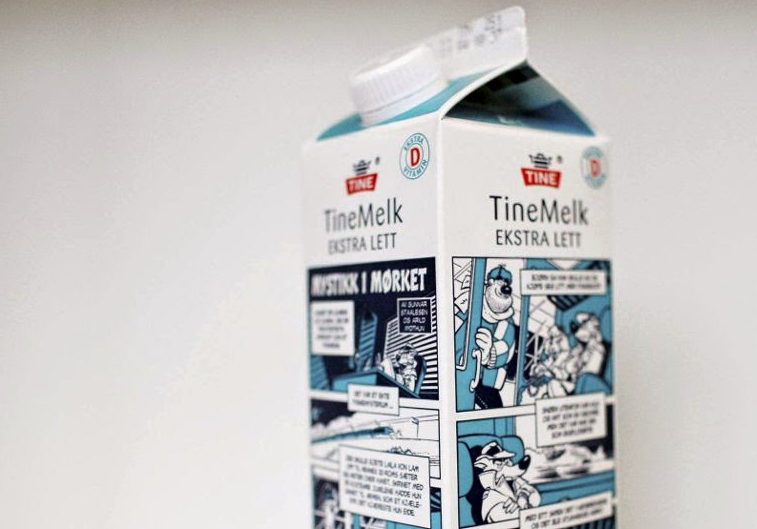
Ah, what better way to celebrate the occasion that rejoices new life than having a good read about murder mysteries?
In Norway, families come together and sit down to read detective novels or watch crime series and films on Easter. They take this custom so seriously that during this time, a batch of new mystery novels are published, milk carton boxes are printed with detective stories, broadcasting networks schedule only crime shows for their stations, and even crazier, the entire country shuts down all operations for an entire week! That means no shopping, no going to school, no heading off for work. Everybody just stays at home and try to solve mysteries they’ve read in books (or milk carton) or watched on TV.
2. Whipping with willows – Czech Republic, Slovakia
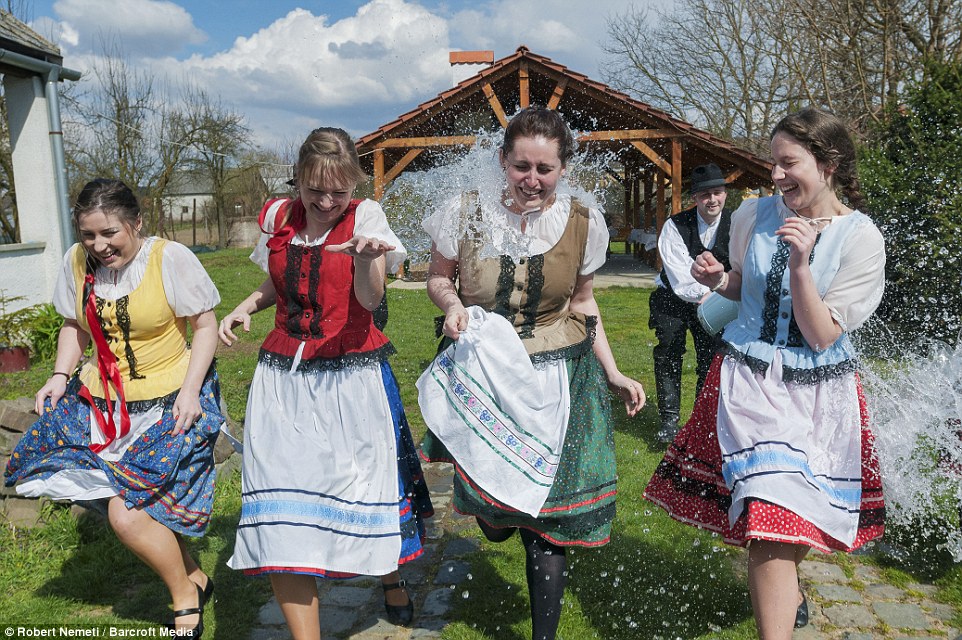
Czech and Slovak women never fail to stun with their strikingly good looks, and this long-standing Easter tradition might just be their secret.
During the season of Easter, young boys and men would playfully whip girls and women with braided willow sticks called “pomlázka”(Czech) or “korbáč” (Slovak) to help preserve their youth and fertility for the entire year. After receiving a whip, which traditionally comes with an Easter carol sung by the male, the girl or woman is expected to give the one who swatted her with a decorated egg or a treat that comes in the form of sweets, money, or a shot of liquor.
On Easter Monday, women get to seek revenge by dousing men with buckets of chilly water.
3. “Sprinkling” – Hungary
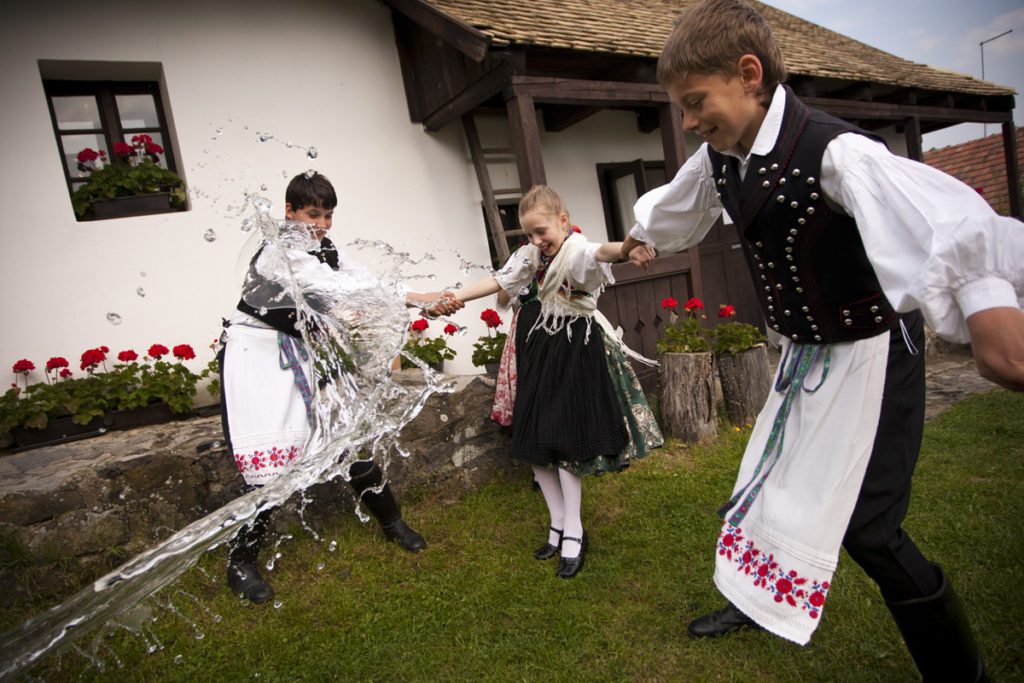
Known as “vízbevető hétfő”, Easter Monday is observed in Hungary with young men sprinkling young women with water or cologne as they recite a poem — a custom that originated from the ancient rite of fertility and purgation, with which the cleansing power is linked. In exchange of their sprinkling, the men will then receive a painted egg or food or drinks (usually spirits).
This practice hasn’t always been “gentle”, though. Back in the day, the tradition of “sprinkling” was a tad lot wilder: Women dressed in folk outfits would be forcibly dragged out to the well or water trough to be poured with a bucket of ice-cold water.
4. Lamb of the table – Russia, Poland
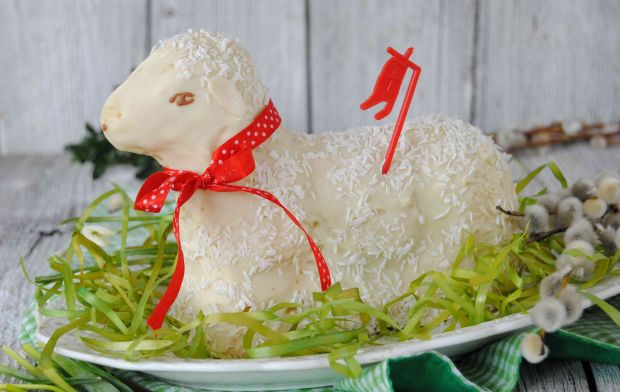
One peculiar centerpiece takes the spotlight on tables across Poland and some parts of Russia during Easter dinner: The butter lamb.
Just like what its name suggests, the butter lamb (“barashek iz masla” in Russian and “baranek wielkanocny” in Polish) is literally a huge slab of butter molded into the shape of a lamb, traditionally by hand. It represents the coming of spring or, simply, the lamb of God, and each member of the family has to accompany their meal with it.
[/whole] [/row]


